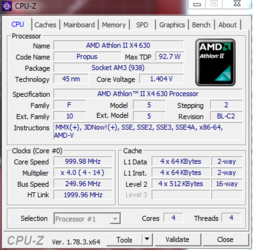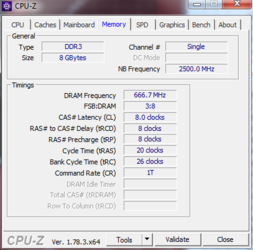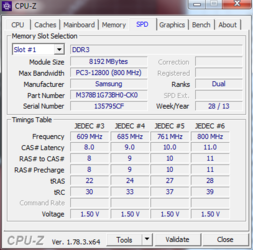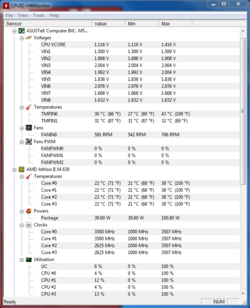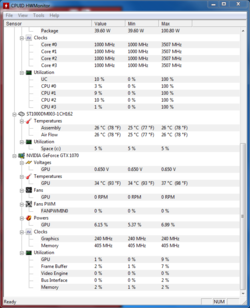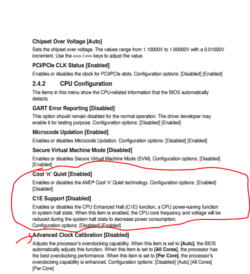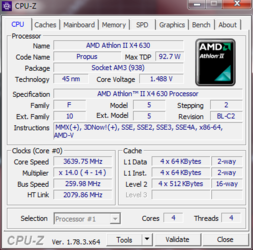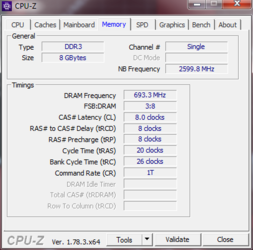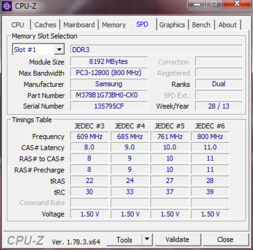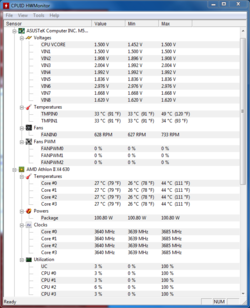Cool and Quiet, C6 and C1E are technologies that control CPU frequency and voltages when the computer is idling so as to reduce power usage (power saving, energy efficiency, "green" stuff). The would be found in the bios under one of the other tabs that you have may have not looked at. When active they can cause instability in higher overclock ranges. We are suggesting you disable those three in bios. you just have to find them.
The rest of the overclocking beyond the point where you are is no different than what you have been doing. Increase FSB freqency, stress test, monitor temps. When instability is encountered increase vcore and maybe CPU/NB voltage, or cut back on the CPU/NB frequency. Keep HT frequency close to stock, not more than about 2150 mhz.
Paul, your pics of the bios earlier on are too small to be helpful. I cant't make out the tab labels across the top where the green technologies might be found.
